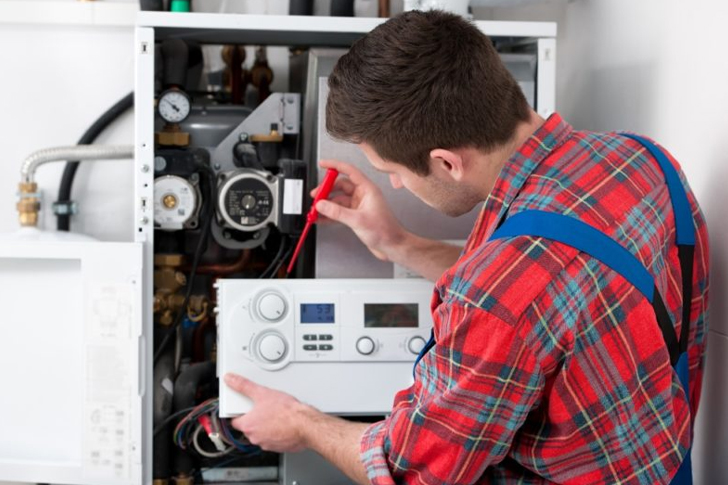How Senior Residences Can Reduce Heating Costs
In many parts of the world, managing heating costs can be a significant concern, especially for senior living facilities where budget constraints are tight and the need for warmth is critical. Seniors are particularly vulnerable to the cold, making efficient and cost-effective heating solutions vital to their comfort and health. Here, we explore practical strategies for obtaining affordable heating options for senior living facilities, focusing on sustainability, cost reduction, and comfort.

Understanding the Importance of Efficient Heating in Senior Facilities
Before diving into how to secure cheap heat pump systems, it’s crucial to recognize why efficient heating is so important. According to the World Health Organization, older individuals are at a higher risk of health problems from cold, such as hypothermia and cardiovascular conditions. Efficient heating systems not only provide the necessary warmth but also contribute to a healthier indoor environment.
Evaluating Heating Needs and Energy Consumption
To find the most cost-effective heating solutions, start by assessing the specific needs of the facility. This includes considering the size of the building, the typical local climate, and the current heating costs. Energy audits can be valuable in understanding where improvements can be made, potentially leading to cost savings. According to Energystar.gov, energy audits can help identify ways to save up to 20% on heating costs annually.
Exploring Heat Pump Options: Benefits and Cost-Savings
Heat pumps are an excellent option for efficient heating and cooling. They work by extracting heat from outside air or ground, even in cold weather, and then transferring it inside. Heat pumps are known for their efficiency and can reduce electricity use for heating by approximately 50% compared to electric resistance heating like furnaces and baseboard heaters.
The initial cost of a heat pump system might range from $3,000 to $8,000 depending on the type and size required for the facility. However, the long-term savings make this a viable option. Many regions offer incentives and rebates for the installation of energy-efficient heat pumps, which can significantly reduce upfront costs.
Leveraging Government Grants and Incentives
Many governments offer grants and incentives to promote energy efficiency. In the United States, for instance, the Department of Energy provides resources through programs like the Weatherization Assistance Program (WAP), which specifically helps low-income households—and by extension, facilities like senior living centers—to improve their energy efficiency.
Moreover, checking local government websites for energy incentives can reveal opportunities like tax credits, rebates, or low-cost loans aimed at boosting the adoption of sustainable technologies like heat pumps.
Choosing the Right Contractors and Ensuring Proper Installation
Selecting the right contractor is pivotal. Qualified professionals ensure that the heating system is installed correctly, operates efficiently, and complies with all local codes and regulations. Facility managers should seek contractors who are certified with a good track record in installing energy-efficient heating systems.
The North American Technician Excellence (NATE) certification is a reliable indicator of a technician’s expertise in HVAC systems, including heat pumps. Proper installation can further enhance energy savings, sometimes by as much as 30%, according to the US Department of Energy.
Maintenance: Keeping Heating Systems at Peak Efficiency
Regular maintenance is essential for keeping heating systems running efficiently and preventing costly repairs. This includes routine checks of components like filters, ducts, and thermostats. Energy Star recommends maintenance checks at least once a year, which can ensure systems operate efficiently and extend the lifespan of the equipment.
Utilizing Smart Thermostats for Intelligent Heating Management
Smart thermostats are a relatively small investment that can lead to significant savings. These devices allow for better control of the heating system, adaptive schedules based on the facility’s routine, and can even be controlled remotely. According to studies, a smart thermostat can save up to 10% a year on heating and cooling costs.
Conclusion
Securing cheap and efficient heating solutions for senior living facilities involves detailed planning and investment in the right technology. By leveraging energy audits, taking advantage of governmental incentives, installing efficient heat pump systems, and maintaining the system properly, facilities can ensure a warm, safe, and cost-effective environment for seniors.







Recent Comments